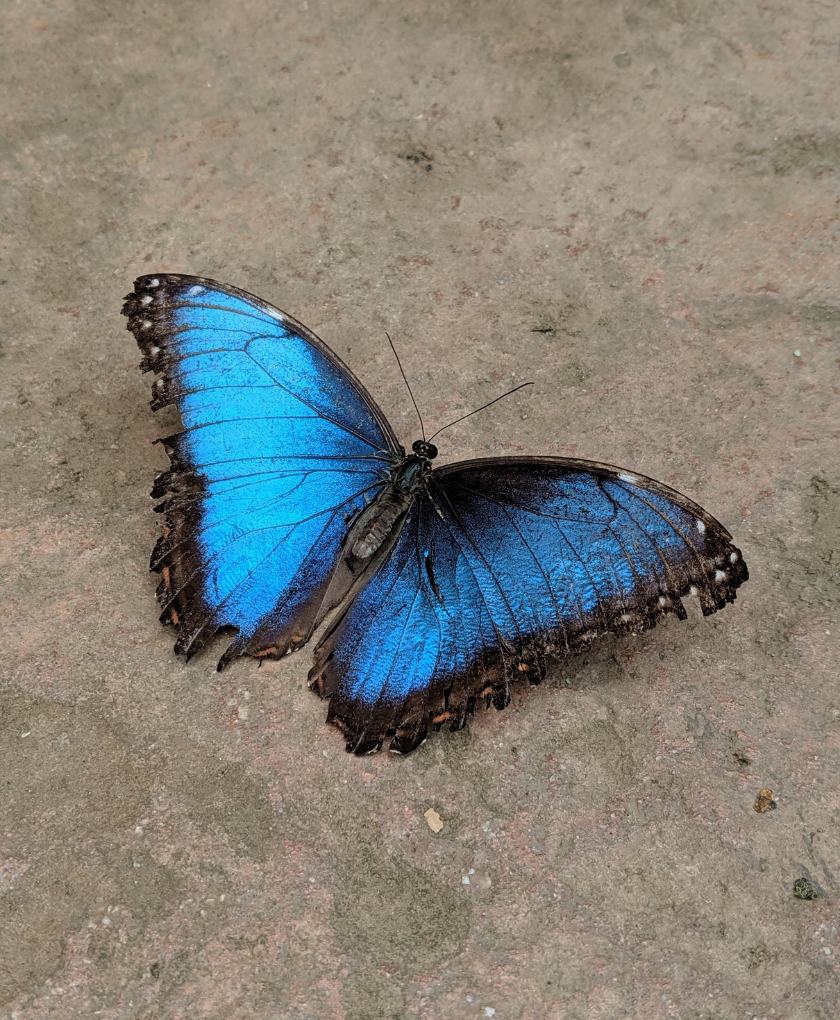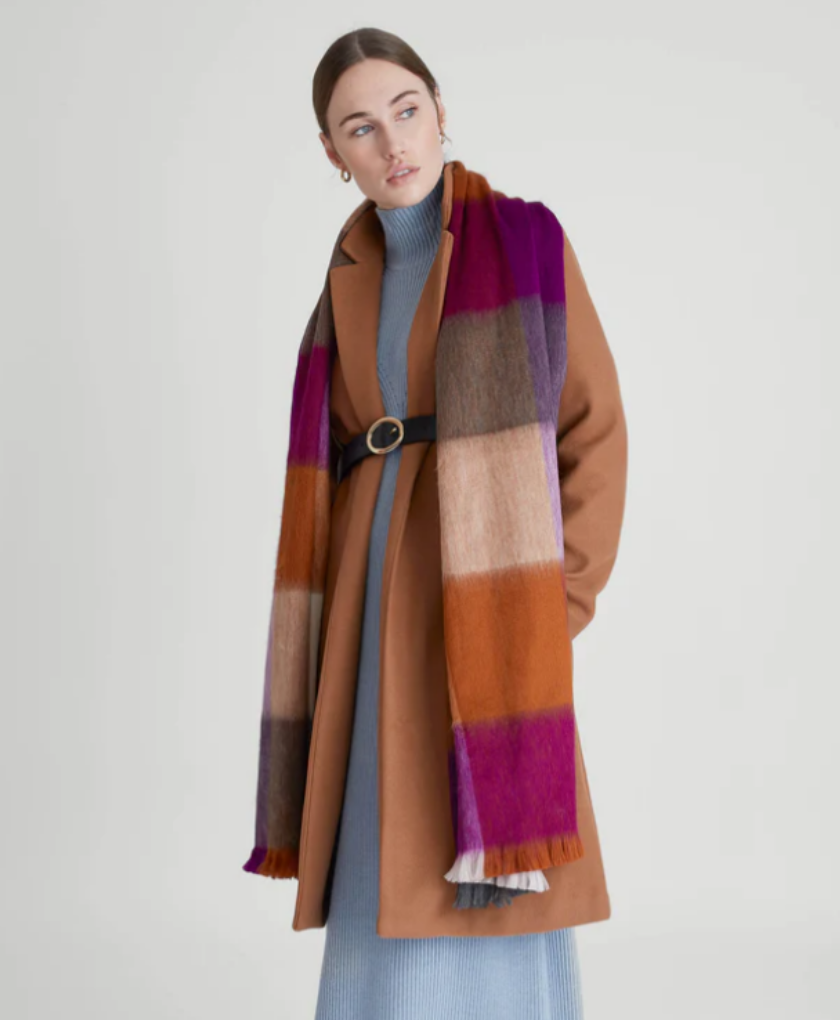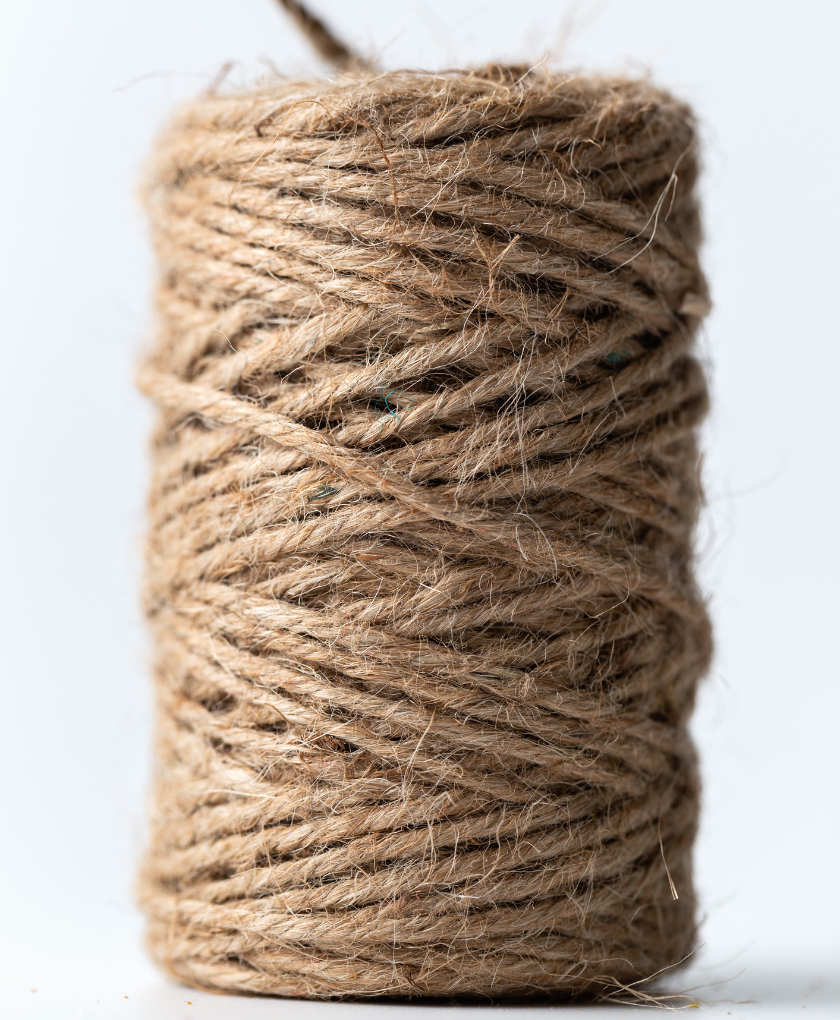SLAY: Rebecca Cappelli talks about the documentary that gets under fashion’s skin
people that inspire us
21 november '22
Reading time: 7 minutes
This week, we interviewed independent filmmaker Rebecca Cappelli about her 2022 documentary SLAY. She gave us the opportunity to delve into some details surrounding the film, which goes behind the scenes of the fashion industry to investigate fur, leather and wool, greenwashing and the impact of brands using animal skins on people, planet and animals.
Words by Bilgesu Altunkan & Mary Belle Gresh

David Koma Fall 2020 show, London © SLAY
Who is Rebecca Cappelli?
Rebecca Cappelli is an award-winning filmmaker and public speaker who explores subjects such
as animals, the planet, and vulnerable communities, focusing on animal rights. She is also a
photographer, animal rescuer, and educator. A French citizen based in Switzerland, Cappelli
speaks Mandarin and has lived in many parts of Asia. Leading the Let Us Be Heroes project, she
gives people the resources to empower and defend vulnerable communities, the planet,
animals, and health.
Rebecca decided to pursue filmmaking after her first short doc, Let Us Be Heroes, was released
on YouTube in 2018. “This first film process was smooth, and I got a lot of good feedback. After
releasing it, I decided to feature a documentary focusing on fashion because I used to be a
massive consumer of fashion. I spend a lot of money shopping for shoes, bags, clothing, and
everything, and I’m also a long-time animal lover,” she explains. The award winning piece led
Cappelli to create SLAY, a longer documentary that aligns with her belief system and values.
She believes sustainable fashion can not only focus on the ecological dimension of production,
but must also take into consideration the effects on animals and people throughout the supply chain. SLAY is a response to the interconnectedness of sustainability and ethicality, and seeks to
expose the stories of the fashion sector that don’t get told.

Filmmaker Rebecca Cappelli stands by a pile of salted unprocessed skins in a tannery in Tuscany, Italy.
SLAY
SLAY is about the production of leather for fashion. Her choice to focus on this material was
influenced by how prevalent and widespread its use is. Leather can include the skin of cows,
buffalo, goats, pigs, snakes, crocodiles, for which 1.5 billion animals die annually. It is often
advertised as natural and healthier than other materials, but the process of it getting to our
closet is something we rarely see or hear about. Spanning five continents and many
interconnected stories, SLAY’s exposure of this is extremely emotional.
“The leather process is so harmful,” she tells us. If you do not undergo an extremely
chemical-intensive tanning process, the skin rots. There is no way to avoid this when purchasing
skin products from the vast majority of businesses. “The leather we wear in western countries,
in the US, in Europe, in big capitals of the world, famous brands, etc. is usually tanned in the
global south. Countries such as India have almost no environmental laws or label laws to protect
the people that work in the supply chain, so it’s a huge issue that brands ignore.” We’re buying
leather that relies on deforested land in the Amazon and was tanned by people facing horrible
conditions and even human rights violations in India.
In some cases, the skin is finished closer to where it will be sold. In Italy, for example, there is
widespread discrimination against the immigrants who come to complete the leather making
process. “I’m talking about immigrant workers legally in Italy, who have been here for several
decades, they speak Italian - this is not a language problem. It is discrimination happening in the
industry.” For her, it was essential for SLAY to address how leather impacts animals, people, and
the environment at every phase of production.
In the filming process, knew she wanted to shoot in Italy because “it's not just about developing
countries and Global South countries. It's an uncomfortable process, but the good thing about it
is that it allows it to be the result and more authentic.”

A young woman looks into the camera, Kolkata, India © SLAY
Emotions behind the scenes
SLAY is impressive in scope. It takes us through interviews with fur corporations, fur farm visits,
and tanning centers. As an unscripted doc, Cappelli’s reactions to the scenes were raw and
genuine. She had a rough idea and had done basic research prior to filming of who the crew
should talk to and what they might see. “My emotional response has been a vast range of
pain, sadness, anger, and shame. And I feel like we’re so ignorant.” It was shocking to try and
conceptualize the incredible number of people who suffer from this industry and its scale.
All of the shots in SLAY are from the crew’s first time on location. Cappelli told us that seeing
things like the leather tannery in India and the pollution in the Ganges River gave her a mixture
of negative feelings that were unexpected considering her previous exposure to the problems.
“One hundred million animals are killed yearly in these fur farms. Although I know these
numbers, although I've seen footage, I've seen videos - very graphic videos. I have known all
that for a while now, but still, I feel like being present and seeing them one by one in individual
cases... that was really, really intense and very overwhelming.”
After filming concluded, Cappelli has come away with the conviction that the dark underbelly of
the leather trade is really not that hidden from view. It’s hidden in the media, in branding and
marketing, and we as consumers even push what we know might be happening to a corner of
our minds when buying leather products, but the reality “is not hidden if you try to go and see
what is happening.”
“We were a small group - me, my cinematographer, and my assistant, and most of the time we
could easily access the places. I don’t see why brands can’t do that. How can they not do it
themselves?”

Tannery workers working in unsafe conditions, Kolkata, India © SLAY
False happiness lies in new purchases
After shooting this movie, Cappelli tells us her overarching feelings about fashion and leather.
Even though sustainability and circularity are hot topics, and many alternative material methods
are being developed daily, even though rapid change is taking place, the scale of fashion is just
too large. Nevermind fast fashion, which the doc didn’t necessarily delve into specifically,
though the places seen they shot supply both fast fashion and luxury brands. New purchases,
even from luxury brands which are usually best-case scenarios from the leather sustainability
perspective, encourage a fast fashion like economy. Luxury brands overproduce a lot of
collections, and they constantly encourage consumption. To Cappelli, tackling the leather trade
is more a question of behavior and mindset. What is impactful is buying less and secondhand.
We should stop buying anything new. We should stop producing anything new.
The central problem when it comes to circularity, sustainability, and alternatives is that we
simply can’t curb our vast demand, even though technology exists to mitigate leather trade
impacts on a smaller scale. “Most people are conditioned to think that our happiness comes
from buying the next bag, the next shoes, wearing a certain brand, or looking a certain way.
And I think that there's nothing wrong with wanting to express ourselves with fashion. But we
miss the point because none of this will make us happy.”
She adds, “we need to engage consumers, we need to engage brands, we need to engage
organizations, we need to engage fashion professionals, students, and schools. There's a huge
amount of work to be done” that goes past engaging with the leather trade conversation at a
corporate or brand level. “We cannot just wait for consumers to become aware of these issues.
It's too slow.” One film won’t fix it all, but Cappelli sees SLAY as a good start to “ensuring that we
focus on skins and understand that animal skins are not material.”

A pile of lambskins tagged “baby”, ready for processing at a tannery supplying a famous shoe brand, Victoria, Australia ©️ SLAY
A call to action
When will we see change in leather production? Cappelli says, “I could see some evolution and
some improvements, and based on the reaction of fashion professionals that have seen the
film, I'm optimistic. I think we need big, big changes, but the reactions have been positive, and I
think that's quite encouraging. Yes, I believe we can be successful.”
Cappelli calls us to define sustainability as synonymous with ethical production. “We cannot
create complex equations to force a definition of sustainability on something that requires
another being’s suffering.” If something is produced today, it should be sustainable for the
planet, ethical for people, and animal free. That's it. “We cannot compromise any of these
three.” Cappelli says that supporting collective fashion, and an ethical, just fashion system is the
key. She recommends supporting the European Citizen Initiative, inviting us to sign a petition to
ban first sales and fur farms in Europe. You can access the petition via Take Action on the SLAY
documentary website. You can also take part in the hashtag campaign #whatshouldIwearinstead. SLAY is now available on both Amazon and Itunes with subtitles in many languages, and we highly recommend.







